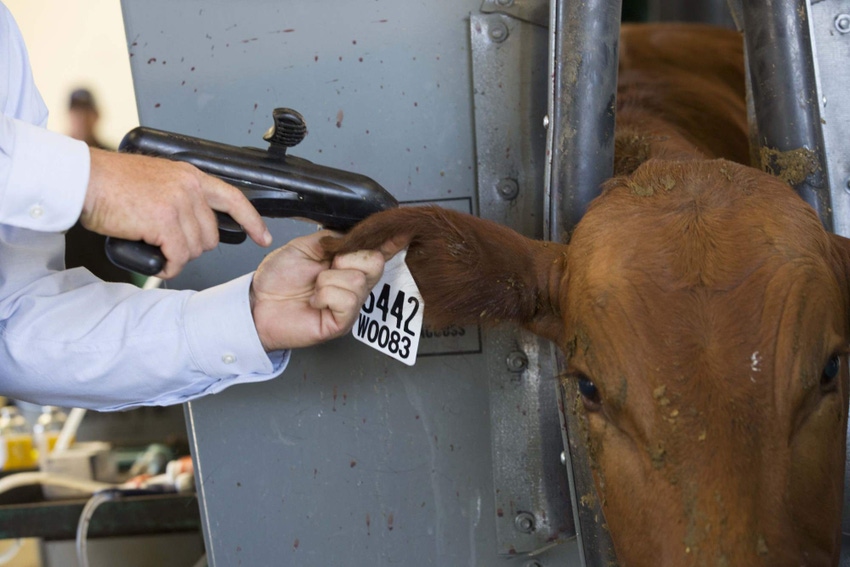Cow-calf producer gets added value and substantial return from implanting cattle.
March 3, 2017

Source: Zoetis
It’s not new technology. In fact, growth promotants have been successfully used for more than 50 years to help cattle producers efficiently and profitably produce safe, wholesome beef for consumers.
Today, with technology advances in cattle production, producers can tailor a program to fit their specific situation. That’s what Graham Angus Farm has discovered.
With nearly 70 years in the business, Graham Angus Farm in Georgia is known for its quality Angus genetics. The farm runs a commercial cattle operation and uses every edge to improve production and wean more pounds. Kip McMillan, cattle manager, implemented an implant program several years ago and continues to see value and return on his investment.
“The extra gain from using implants translates to extra dollars,” McMillan says. “With an average $2 investment per implant, we can see an added 25 pounds in weight on cattle, which easily brings an extra $50 per head. I feel comfortable that implants are a very solid investment.”
Calving at Graham Angus Farm runs from January through early March. At 45 days old, calves are tagged, tattooed and banded and receive their first round of vaccinations. At this time, calves are implanted with a product designed for suckling calves. At weaning, when calves are eight months old, steers are implanted with a product designed for stocker cattle to boost gain.
“Our steers are just as heavy as the bull calves, and I think the implants are making up for that,” McMillan says.
Implants change the rate at which animals deposit muscle, and it makes them more efficient in dietary protein utilization, transferring protein to muscle, explains Daniel Scruggs, managing veterinarian with Zoetis.
“When calves are on the cow and nursing, gaining 1.5 to 2 pounds a day, you can anticipate you’ll have between 15 and 22 pounds additional weaning weights on the calves, if they’ve been implanted,” Scruggs says. “Calves receive a lower dose implant because of their size, but like any implant, the magnitude of increased gain is improved with better nutrition.”
Calves are mostly nursing, so implant performance is improved with better milking cows. Creep feed or other supplemental nutrition can improve calf implant performance in less optimally milking cows. If calves aren’t receiving proper nutrition, the benefit of the implant will be reduced.
There is a commonly held misconception of lower prices for implanted cattle.
“Our cattle are always implanted and top every sale we go to,” McMillan says. “The gain you see is going to offset any premium you might receive by not being implanted and selling ‘natural’ calves. Implants are an inexpensive investment and offer a great return. I wouldn’t recommend implanting to other cattlemen if I wasn’t already doing it myself."
You May Also Like

.png?width=300&auto=webp&quality=80&disable=upscale)
.png?width=300&auto=webp&quality=80&disable=upscale)
